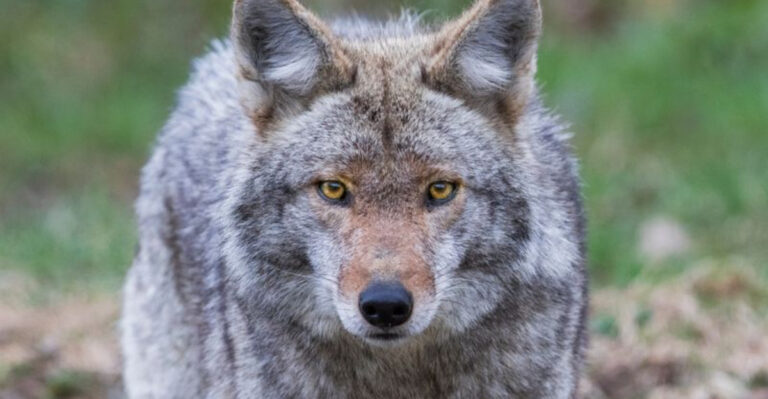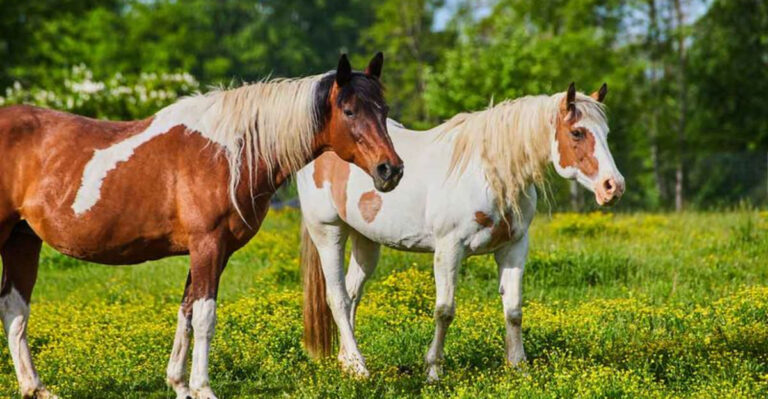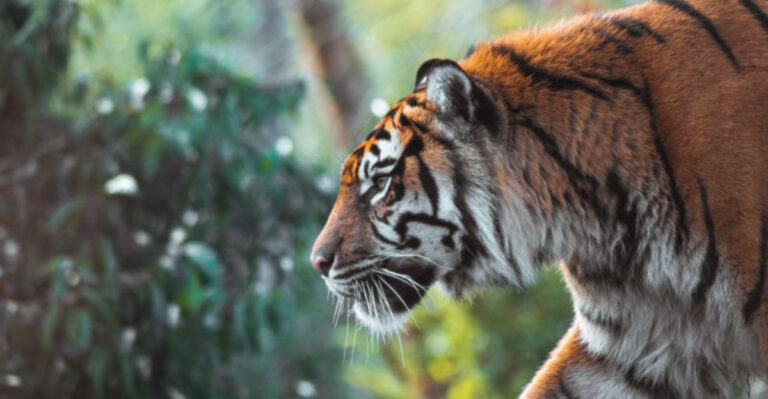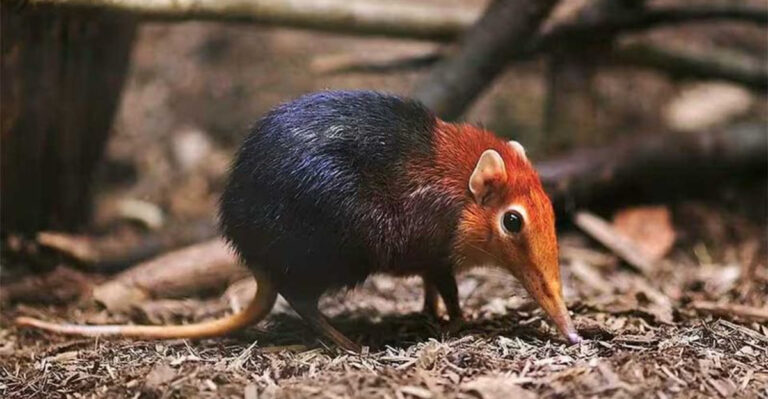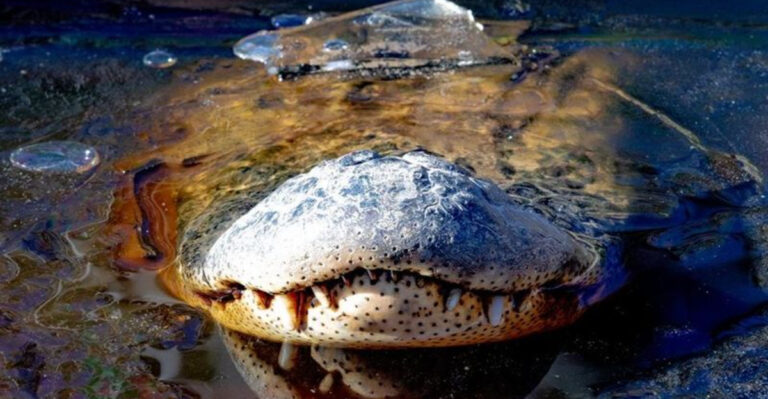14 Shocking Bird Feeding Habits You Won’t Believe
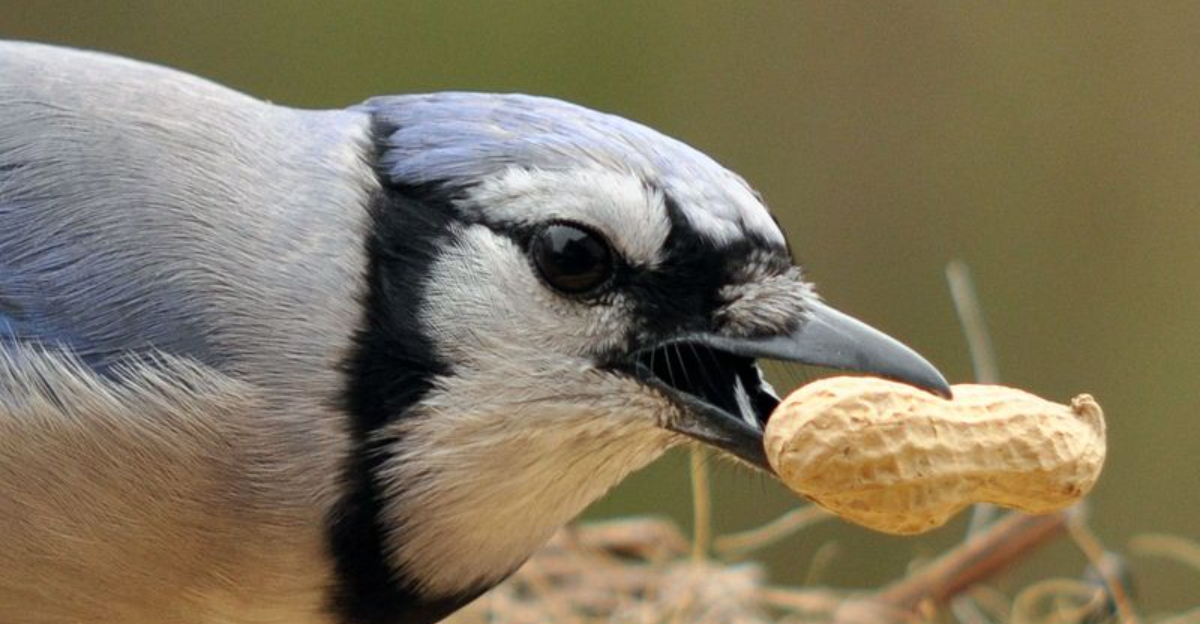
Birds have a knack for surprising us with their dining choices, from eating habits that seem out of this world to curious preferences that defy what we might expect from our feathered friends.
These surprising feeding behaviors will make you see avian life in an entirely new light!
1. The Vampire Finch
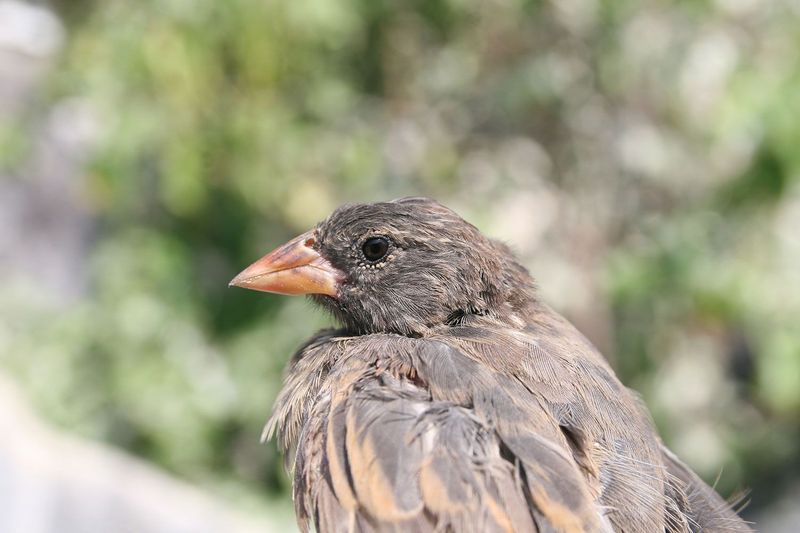
The Galápagos Islands’ vampire finch has a taste for blood, much like its fictional namesake. When food is scarce, it pecks at larger birds to drink their blood.
These finches have adapted to survive in harsh conditions by turning to this unusual source of nourishment. The resourcefulness of nature is truly something to behold.
2. The Tool-Using Raven
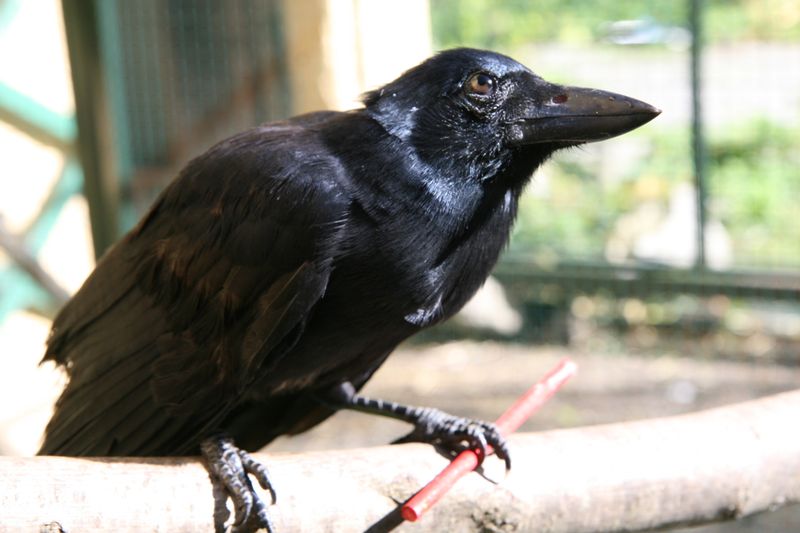
Ravens are known for their intelligence, and some use tools to get their next meal. Using sticks to extract insects from crevices is just one example of their ingenuity.
This behavior shows not only adaptation but also a level of problem-solving skills that rivals some primates. Nature’s inventiveness is both fascinating and awe-inspiring.
3. The Mud-Pie Maker: Flamingo
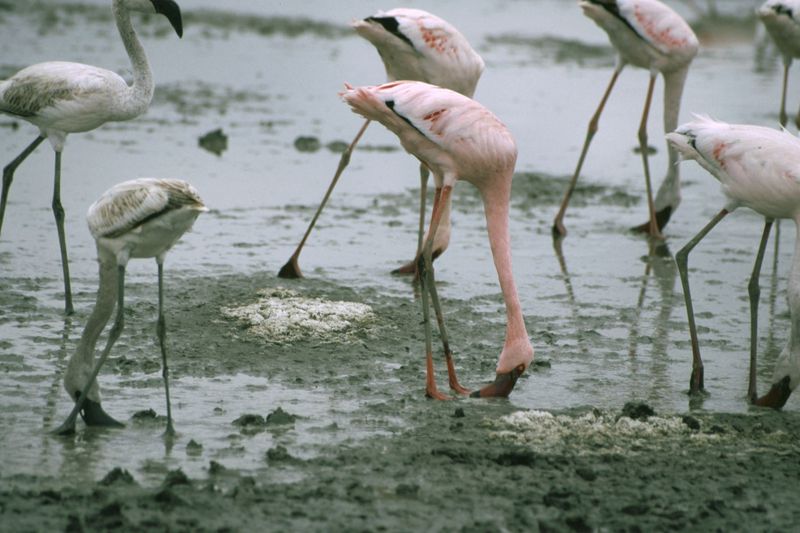
Flamingos are famous for their pink hue, but did you know they create mud pies to catch food? These clever birds use their bills to stir up mud, filtering out tasty morsels.
Their unique feeding style provides insight into how animals can creatively adapt their surroundings to meet dietary needs, keeping their extravagant plumage vibrant.
4. The Meat-Loving Parrot
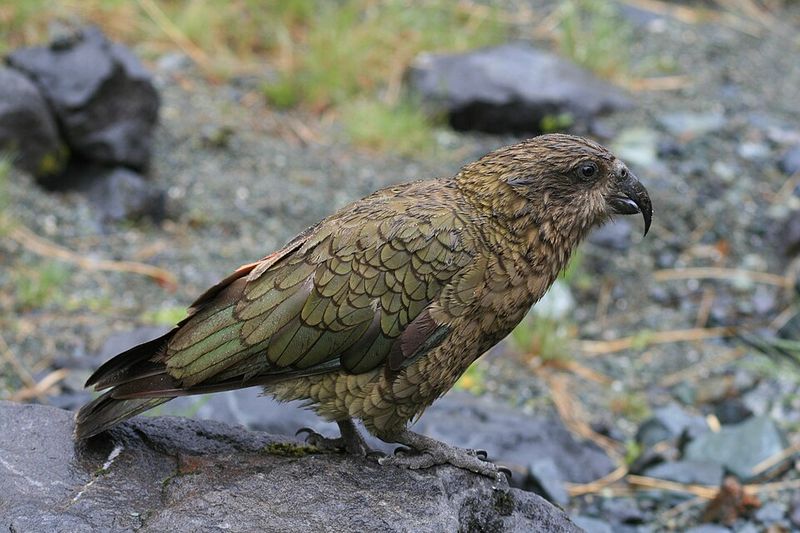
The Kea parrot, native to New Zealand, loves the occasional feast on meat, unlike its fruit-loving relatives. They are known to scavenge on sheep carcasses, displaying a more omnivorous diet.
This carnivorous twist is a testament to their adaptability in the rugged mountain regions, proving that survival sometimes means breaking stereotypes.
5. The Hangry Hummingbird
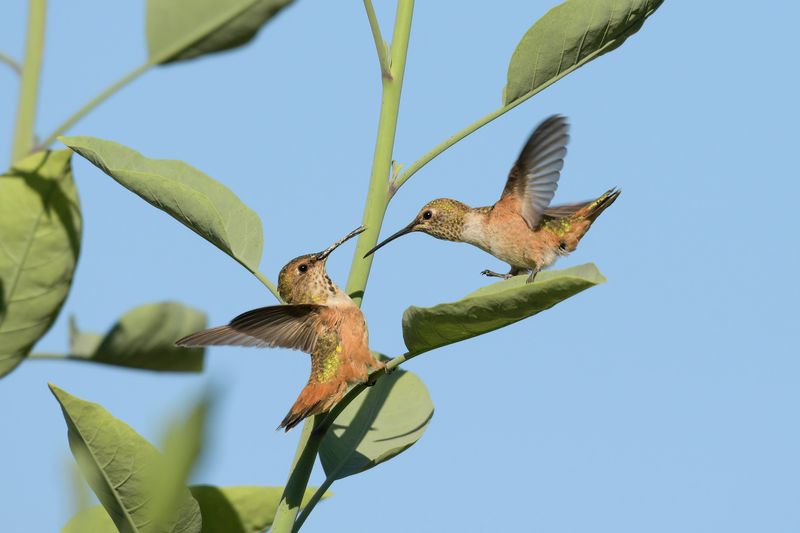
While they may look delicate, hummingbirds are fiercely territorial about their feeding zones.
With voracious appetites and high metabolisms, they expend energy at an astonishing rate, driving them to aggressively protect their food sources.
It’s a tiny tempest in a nectar-filled teacup, showcasing nature’s determination in the smallest packages.
6. The Diving Kingfisher
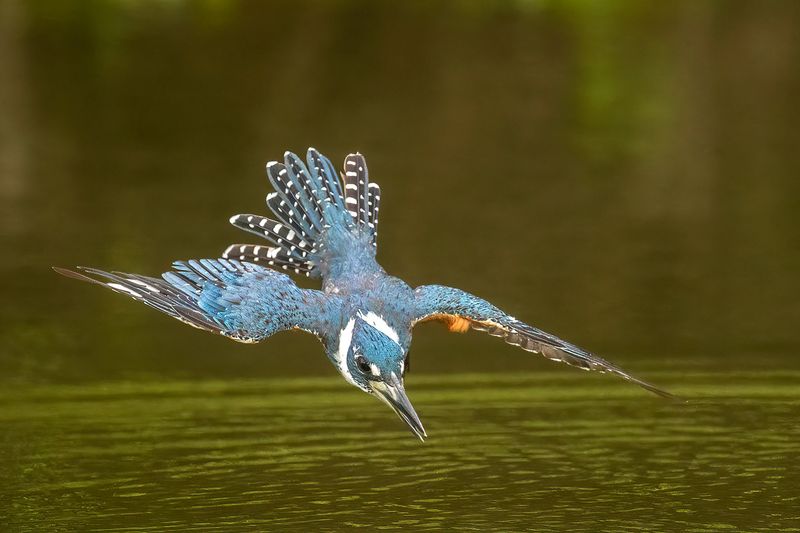
Kingfishers are acrobats of the avian world, diving headfirst into water with precision and speed to snatch up fish. This fearless feat showcases impeccable timing and coordination, highlighting their evolution as hunters.
The splash of vibrant colors as they emerge is a real treat for any birdwatcher fortunate enough to witness the spectacle.
7. The Multi-Tasking Woodpecker
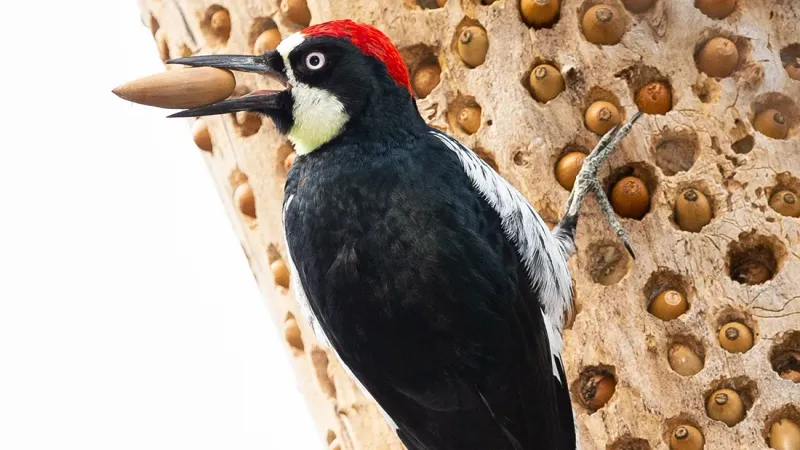
Woodpeckers hammer away not just for insects but to store food for later. By stuffing acorns into tree bark, they create a makeshift pantry that keeps their food safe from other animals.
This clever behavior helps them survive during harsher seasons when food is scarce.
8. The Cunning Crow
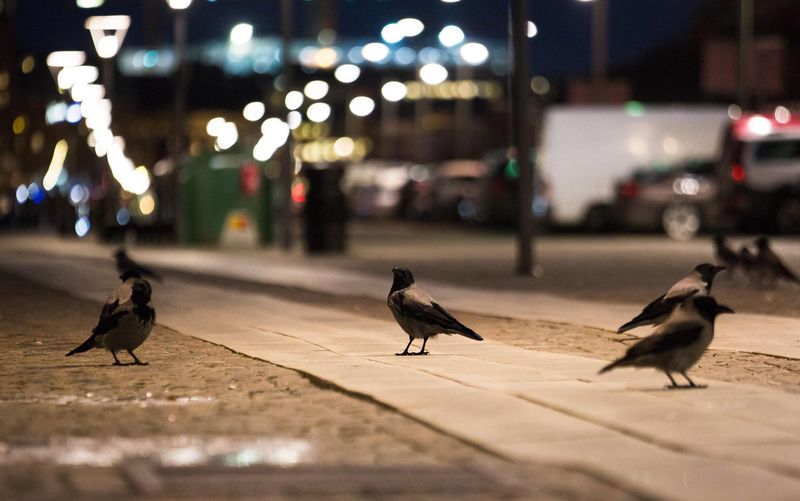
Crows have a reputation for intelligence, often displaying behaviors that seem remarkably human. By dropping nuts onto roads for cars to crack, they transform city streets into their personal dining tables.
Such creative problem-solving highlights their adaptability, turning urban environments into a rich resource for these clever birds.
9. The Picky Pelican
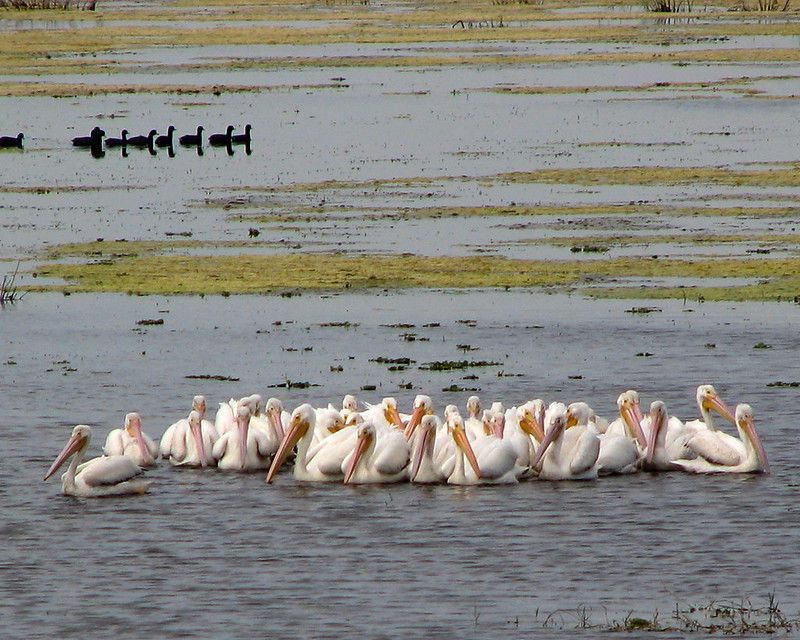
With their enormous bills and unique fishing style, pelicans turn feeding time into a performance. They work in groups, herding fish and scooping them up with synchronized movements.
This cooperative effort highlights both their social behavior and efficiency in capturing a meal.
10. The Quick-Snatch Sparrowhawk
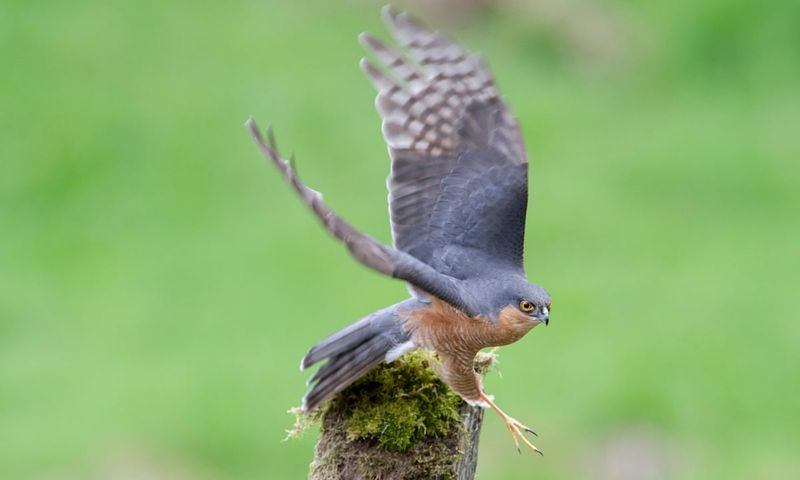
With quick reflexes to match, sparrowhawks are the speed demons of the sky. They use a swift, silent approach to capture unsuspecting prey with precision.
This rapid and efficient hunting method is a captivating display of nature’s predatory instincts, with each dive showcasing their prowess in the air.
11. The Seed-Saving Jay
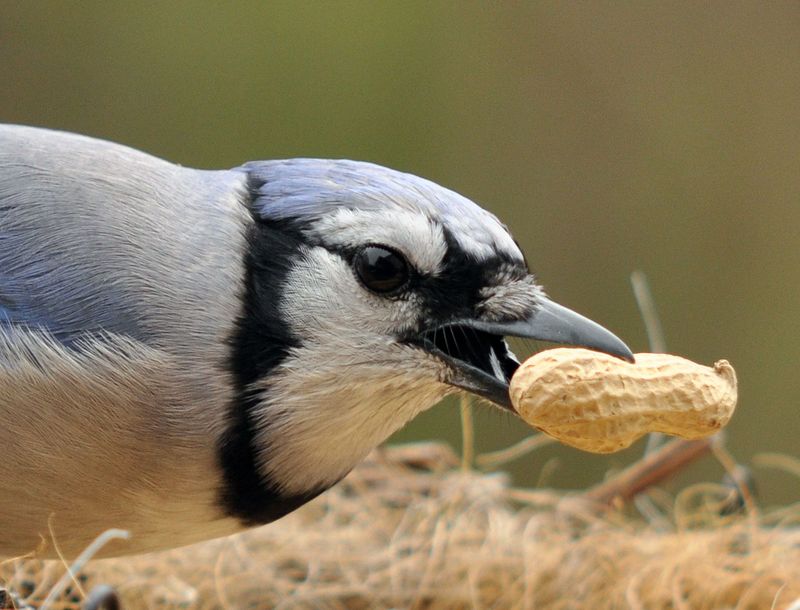
Jays are nature’s forecasters, burying seeds and acorns for future use. This behavior not only ensures they have food during scarce times but also contributes to forest growth, as forgotten seeds sprout into new trees.
Their role in the ecosystem extends beyond survival, acting as unintentional gardeners, demonstrating the interconnectedness of nature.
12. The Fish-Hunting Osprey
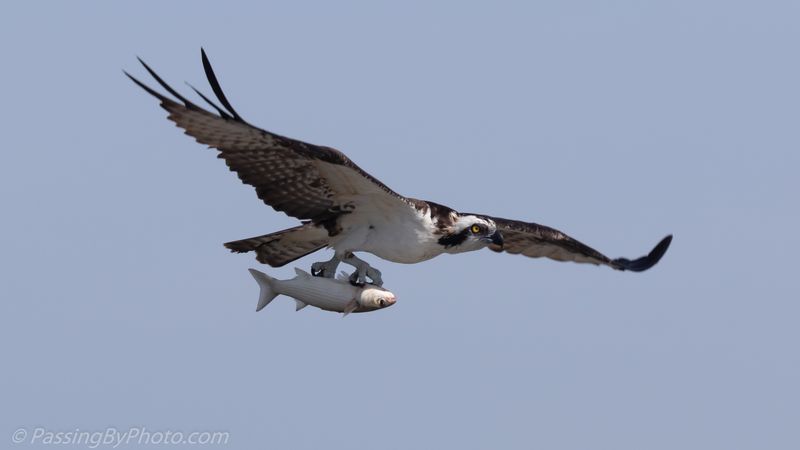
Ospreys are masters at fishing, hovering with keen eyes locked on their prey below. With a swift dive, they snatch fish from the water with remarkable precision.
This specialized hunting technique showcases their evolution as skilled predators, with each catch a testament to their expertise and the delicate balance of nature’s food chain.
13. The Nocturnal Nighthawk
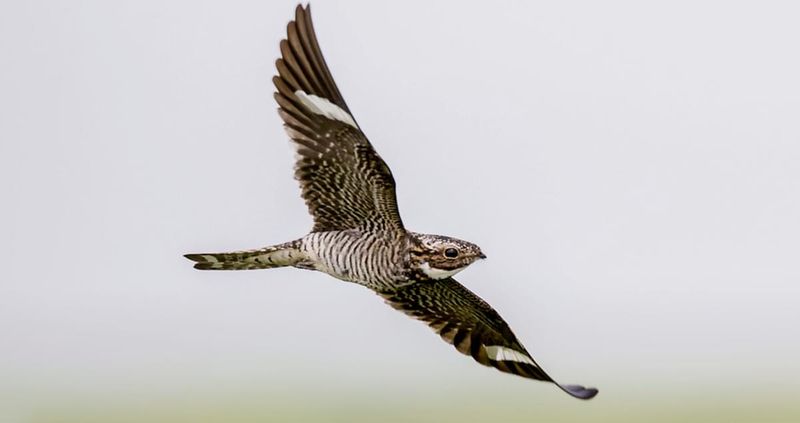
With mouths agape, nighthawks soar through twilight skies to scoop up insects, making them the night owls of the bird world. Their nocturnal feeding habits allow them to dominate the night skies, providing an aerial show as they flit between shadows.
This strategy highlights the diversity of avian life and their adaptability to different environments.
14. The Shoreline Forager: Sandpiper
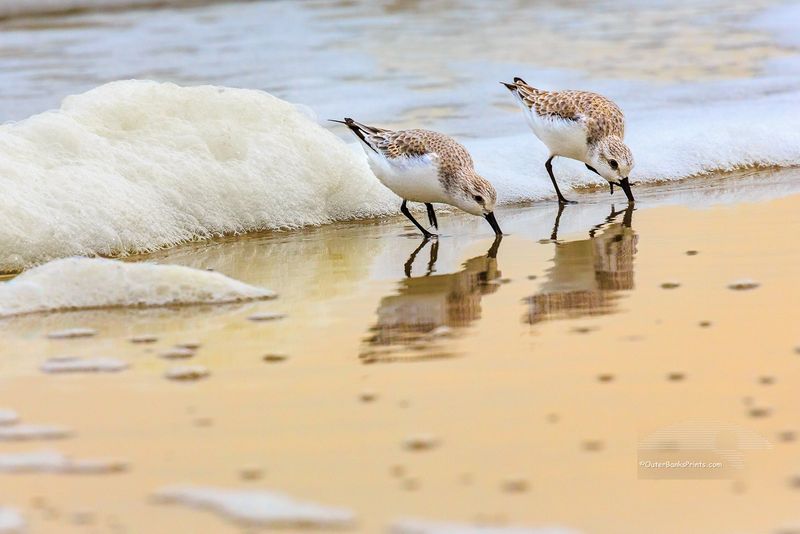
Constantly on the move in search of food, sandpipers are the marathon runners of the shore. With their long bills, they probe the sand for tiny invertebrates.
Their relentless foraging showcases their endurance and adaptability to the ever-changing coastal environment.


